French Quarter History
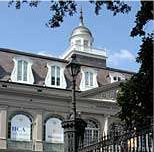
By: Sally Reeves A keen eye and quick list can unveil the salient patterns of French Quarter building types. Most antebellum sorts come in "Creole," "American," and a mix of the two. Those built after the Civil War and later are generally "Eastlake," or sometimes "Craftsman" cottages. There are...
Read More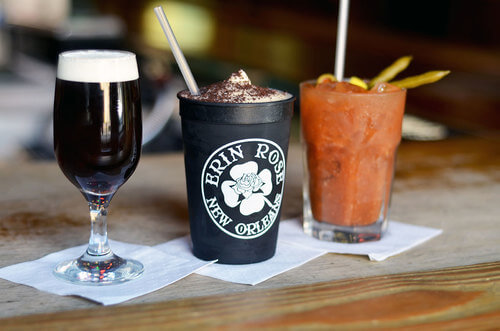
Photo courtesy of Dirty Coast on Facebook New Orleans is often described as the most European city in the United States — or the northernmost Caribbean island. Settled by Native Americans, colonized by the Spanish, French and American governments, populated by Creoles, African slaves and...
Read More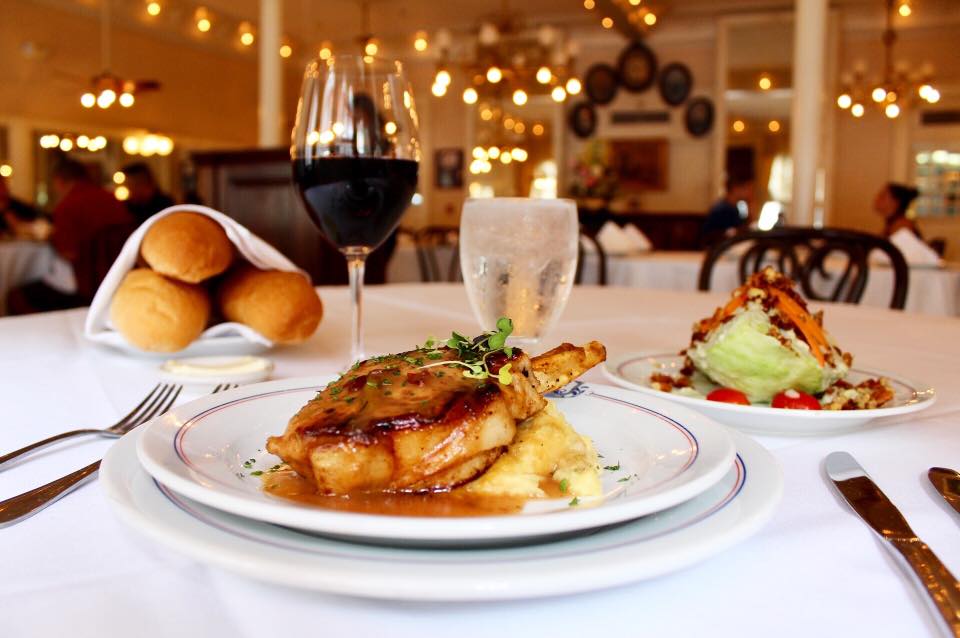
By: Ian McNulty Only in New Orleans — and perhaps only at Galatoire's Restaurant (209 Bourbon St.) — would people greet with apprehension the news that soon they would no longer need to stand in line on the sidewalk to secure a table for dinner. Eliminating that line was one upshot of the...
Read More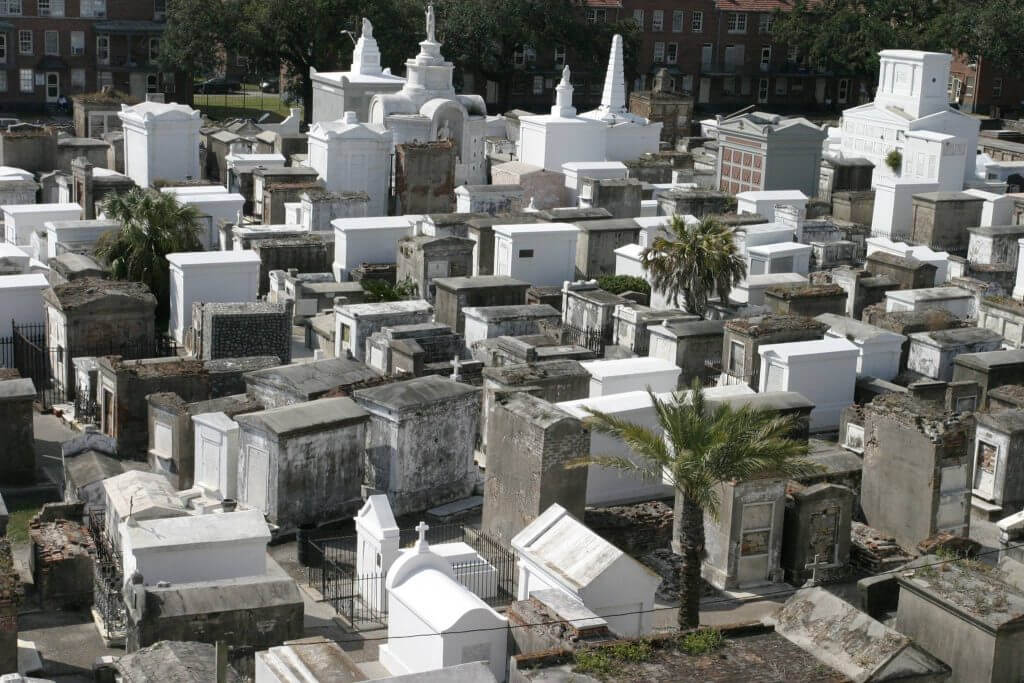
Photo courtesy of Cemetery Tour New Orleans at Basin St. Station on Facebook Former New Orleanian William Faulker famously wrote, “The past isn’t dead and buried. It’s not even past.” Nowhere is this truth more evident than in St. Louis Cemetery No. 1. In this storied “city of the...
Read More
Visitors can be forgiven for some confusion over the difference between Cajun and Creole cuisines. After all, many life-long New Orleanians have trouble articulating just what separates one from the other, while national chain restaurants have long obscured the distinction with vague menu...
Read More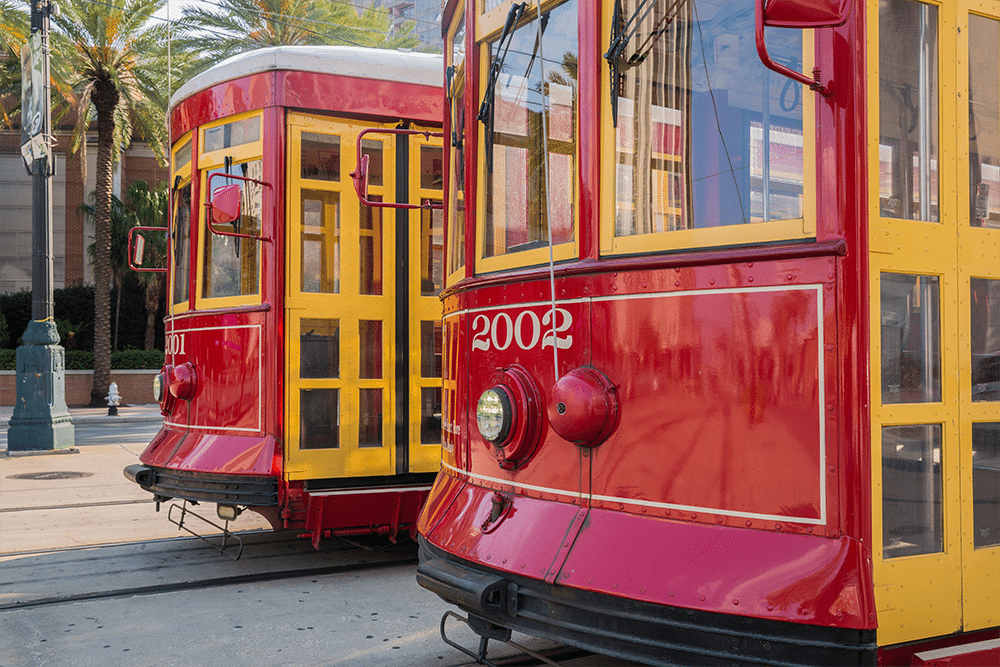
By: Jyl Benson In 1947, Tennessee Williams penned “A Streetcar Named Desire,” effectively immortalizing the public transit line that, from the 1920s, served the rollicking French Quarter as well as the working class Marigny and Bywater neighborhoods, located downriver. Sadly, the last car...
Read More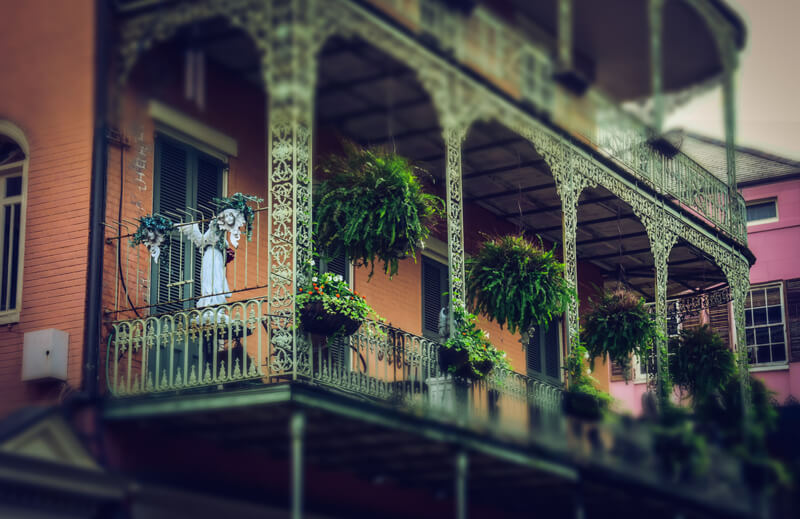
Whether some tour guides intentionally embellish the facts, or legends simply grow grander with time, the fact remains that many ghost stories are just that — stories. But if you believe in ghosts, and if you take into consideration New Orleans’ small footprint and long, sometimes dark...
Read More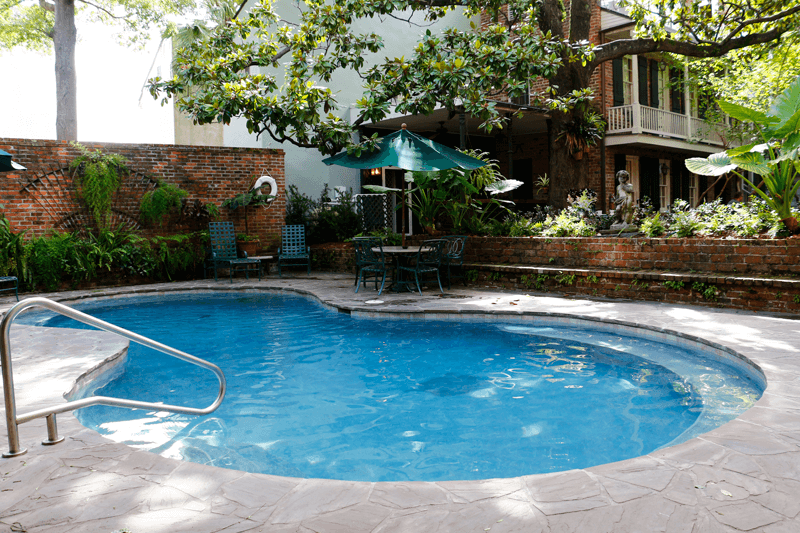
When the weather is just right, why not take a dip? Whether you're visiting New Orleans or staycationing, you can cool off and enjoy the city (or take a break) at any of the three charming, one-of-a-kind outdoor pools located inside these boutique hotels in the French Quarter: French Market Inn,...
Read More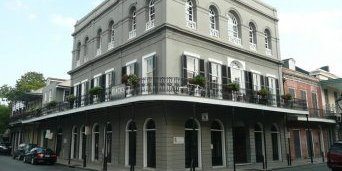
The LaLaurie Mansion, photo by Tom Bastin For the rest of the country, things that go bump in the night move to the forefront of the imagination for one month out of the year. But in New Orleans, often called the most haunted city in America, every day might as well be Halloween. Stroll...
Read More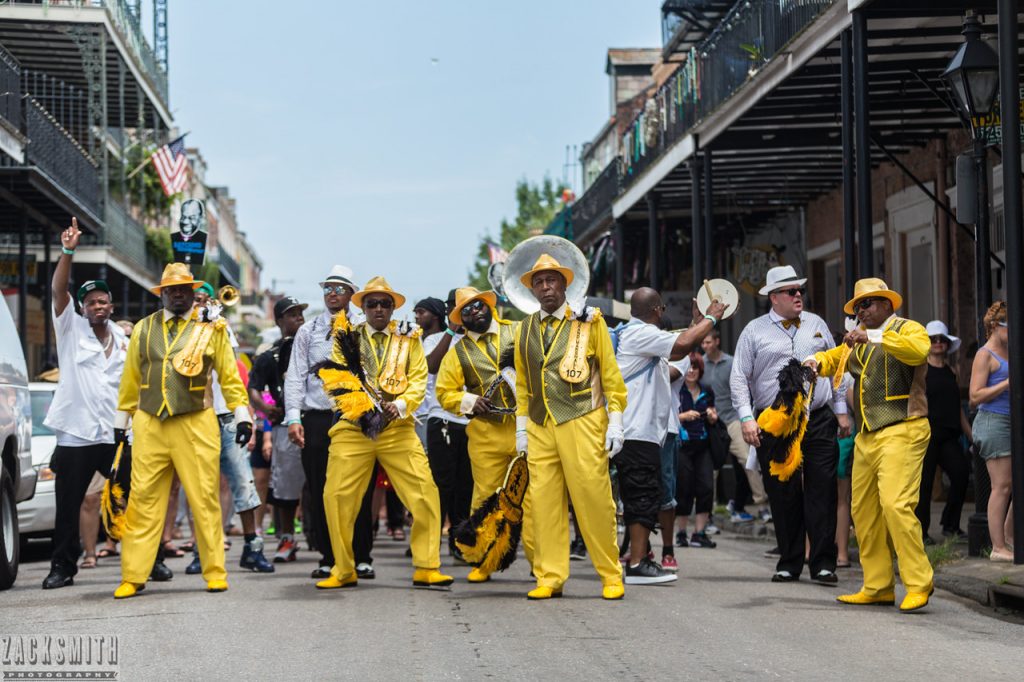
By: Ian McNulty Visitors experience a city’s culture on the walls of museums and galleries, on the stages of theaters and music halls, and even on the plates of local restaurants. But in New Orleans, culture also comes bubbling up from the streets and one of the most unique local expressions of...
Read MoreFrench Quarter History
French Quarter History consists of over 200 years of characters, chaos, and intrigue. From the Faubourg Marigny and Treme to the Mississippi River any history buff will be fulfulled here. Take a walking history tour or a Haunted New Orleans tour to find out much about the Historic French Quarter. Make sure to educate yourself on the Cabildo and the Spanish Quarter and of course, stop in St. Louis Cathedral in Jackson Square and see the original Louisiana Purchase. While you are here, take a moment to remember the devastation of Katrina. Take a Katrina Education Tour. And then round your trip out with some great jazz music and listen to the greats like Louis Armstrong or some of the new cats like The Marsalis family, Trombone Shorty and Kermit Ruffins to name a few.


